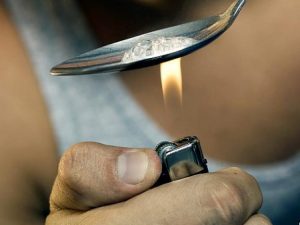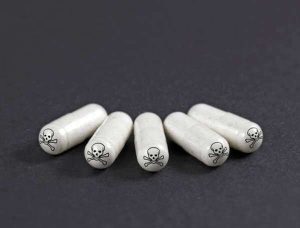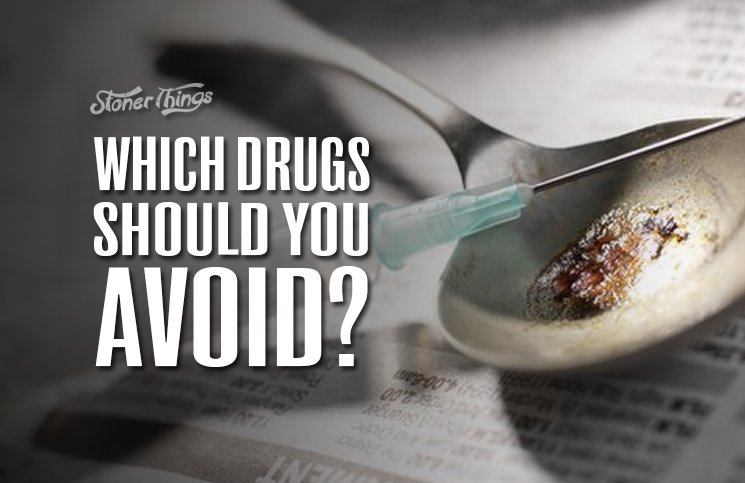Marijuana is safe, and these days, most people seem to know it. Aside from the rare weed-fueled car crash, the drug simply doesn’t kill people, and it has yet to be linked to any serious long-term health problems.
 But what is obviously true of cannabis isn’t so obviously true of other drugs. So which, exactly, are the worst – the deadliest, the most dangerous, the most addictive? Here’s a short list of hard drugs to avoid.
But what is obviously true of cannabis isn’t so obviously true of other drugs. So which, exactly, are the worst – the deadliest, the most dangerous, the most addictive? Here’s a short list of hard drugs to avoid.
Research Chemicals
Synthetic drugs are all the rage right now: bath salts, K2, flakka. As usual, they first became popular in Florida but can now be found nationwide.
These lab-designed drugs are typically chemical analogues to the cannabinoids contained in marijuana, or to the molecular structures of other illegal drugs. The idea is to stay ahead of the law by constantly changing the chemical makeup of these drugs, and to avoid positive drug test results.
Most popular among teens and the downtrodden, these cheap research chemicals can be and have been fatal. Their ingredients are almost always a mystery, meaning one packet could deliver a pleasant buzz while another could trigger a heart attack.
Heroin
Deadly by reputation and deadly in fact, heroin is an especially easy way to kill yourself by accident. It’s also second only to nicotine in its tendency to hook users.
Most heroin addicts these days get there by way of OxyContin or other potent prescription painkillers. When scrips run out or Oxy becomes too expensive, addicts turn to heroin, which is both cheaper and easier to get.
The biggest problem is that heroin addicts, unlike Oxy users, have no way to measure the purity of their product. Different batches are cut with different amounts of different filler chemicals (some toxic), so an unexpectedly pure or polluted dose could easily kill.
Cocaine
Among regular drug users, coke has something less than the worst reputation. That’s mostly because it’s so popular and because heroin is viewed as a much nastier cousin. And indeed, chewed in leaf form, coca is relatively safe.
But that is definitely not the case with cocaine itself, the purified recreational chemical extracted from the coca plant. This stuff kills, not infrequently, and it’s highly addictive. They didn’t call it the “crack epidemic” of the 1980s for nothing.
And that’s to say nothing of the mental and physical side effects of regular use. Knock marijuana any way you want, one thing is sure: You’ll never experience a case of the “weed bugs.”
Methamphetamine
A single episode of Breaking Bad should be enough to give you a good sense of the kind of people who cook meth. Making it and using it are two different things, but they both lead nowhere good.
“Tina,” as it’s known in meth circles, is a super-potent stimulant that creates an extremely intense burst of euphoria. It’s easy if dangerous to make, and it’s cheap in most places.
It can also rob you of your teeth, your mind, and eventually your life. Meth addicts tend to be malnourished, easily disoriented, and occasionally psychotic, and those side effects alone have led to many deaths over the years.
Phencyclidine


Dissociatives (ketamine and salvia are also examples) work by creating a profound sense of disconnect between mental and physical experience, a feeling of removal from reality, identity, and even body. They’re extremely powerful and though some, including PCP, have medical uses, the effects of abuse can be severe and, at times, fatal.
That said, you’re never going to see an angel dust addict flinging mailboxes and overturning police cruisers in the street. Reports of extreme violence and superhuman strength are greatly exaggerated – as they are with almost all illicit drugs.














